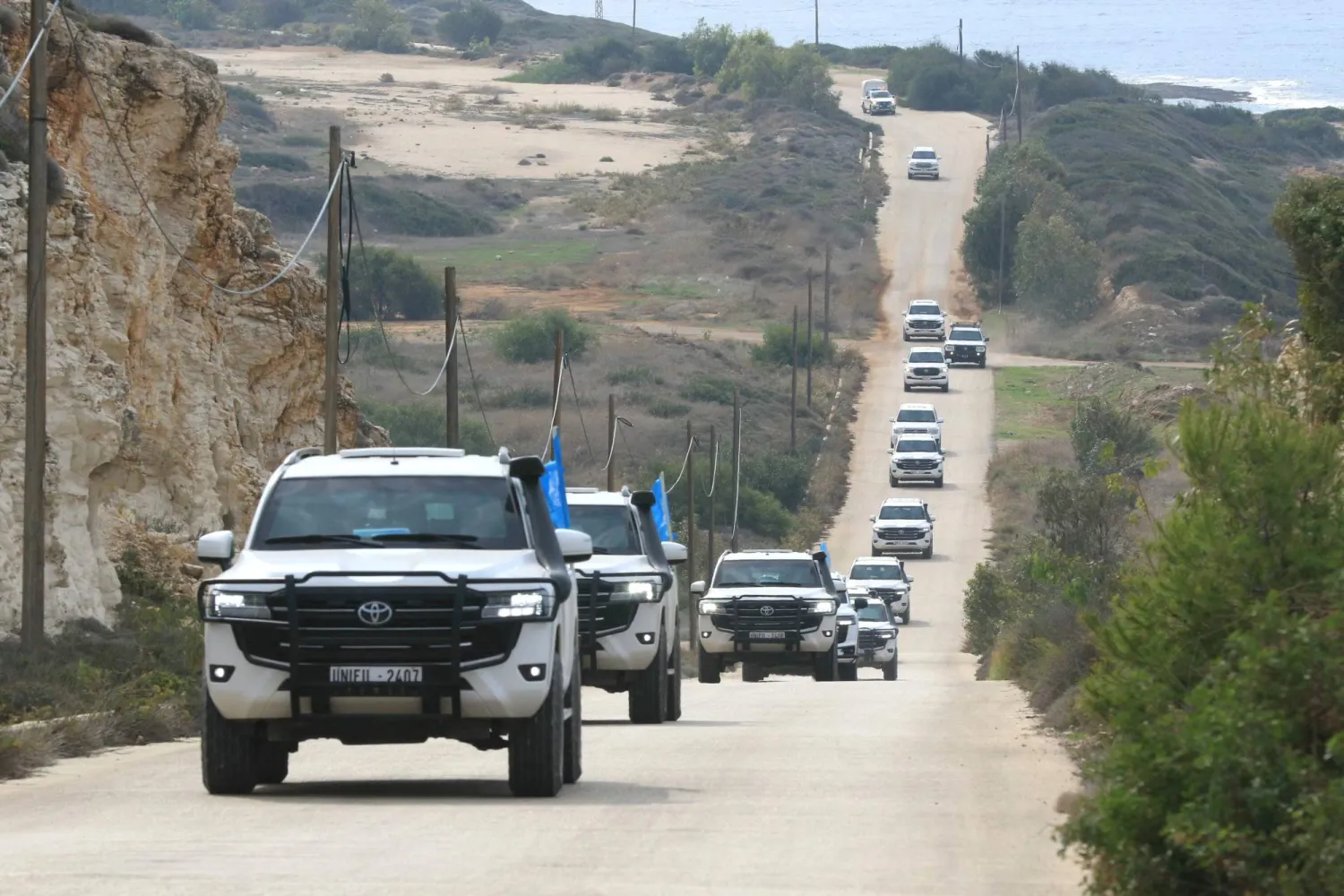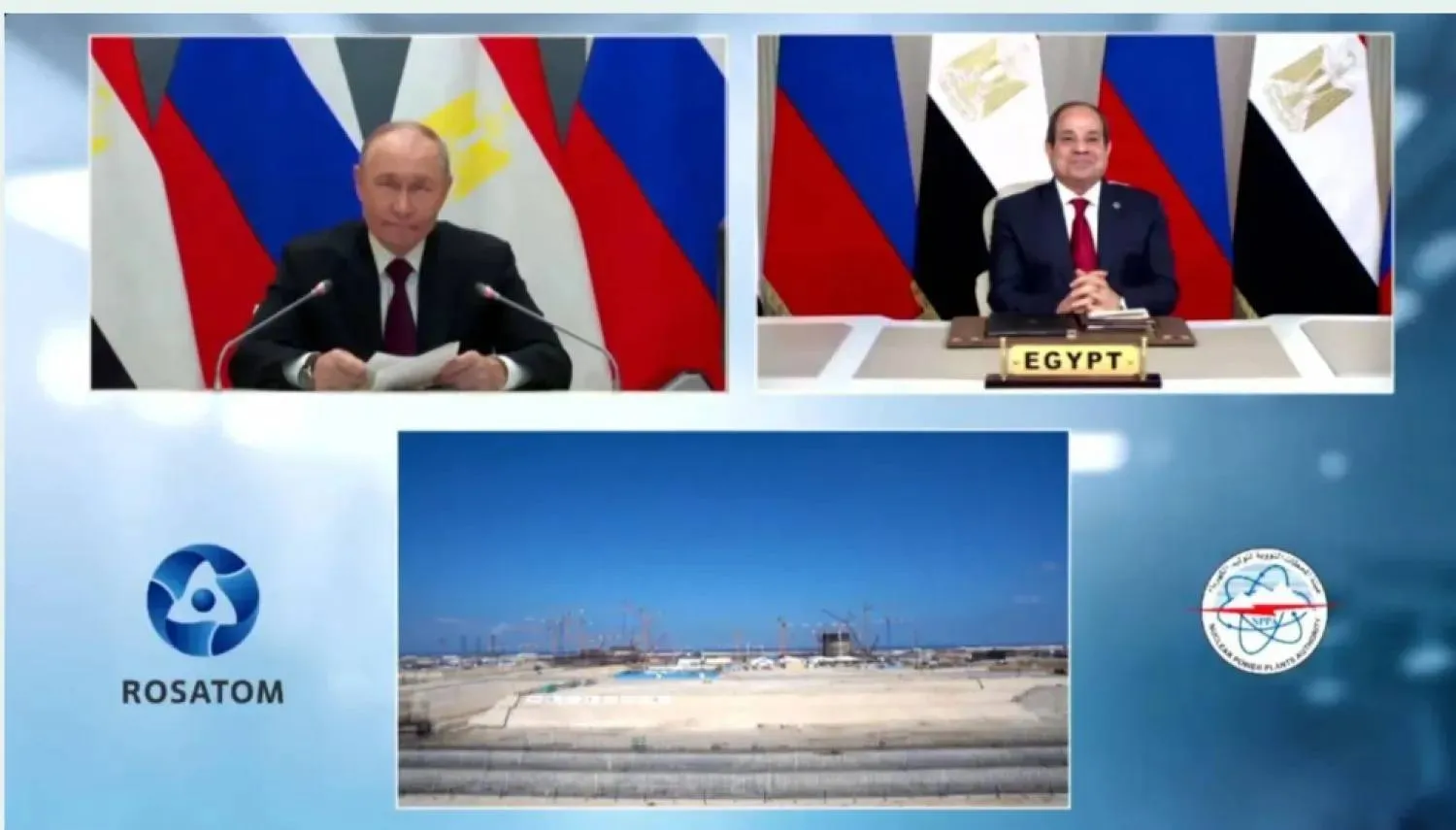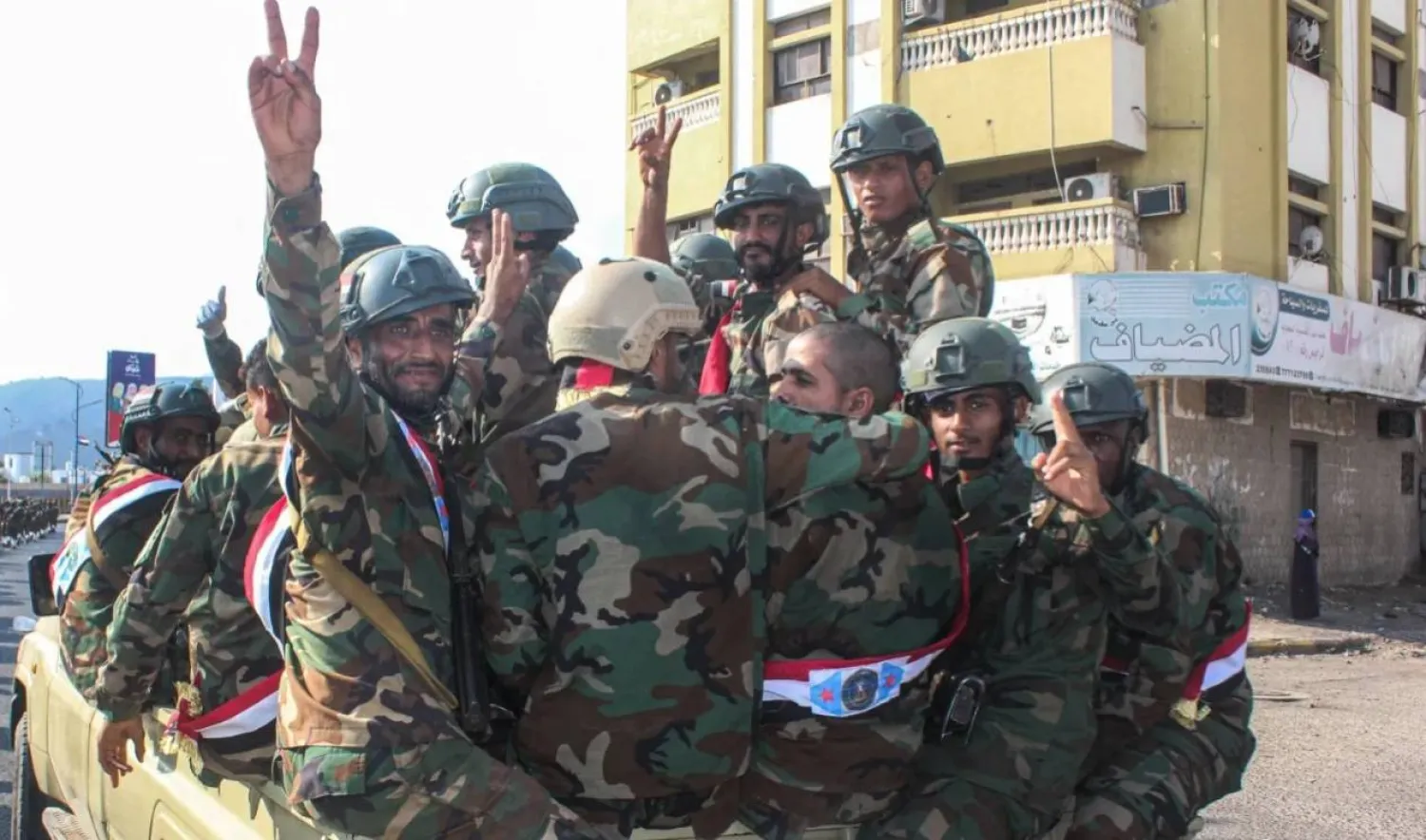With a renewed ceasefire push in the eight-month-old Gaza war stalled, Israel bombarded central and southern areas again on Friday, killing at least 28 Palestinians, and tank forces advanced to the western edges of Rafah.
US-backed Qatari and Egyptian mediators have tried again this week to reconcile clashing demands preventing a halt to the hostilities, a release of Israeli hostages and Palestinians jailed in Israel, and an unrestricted flow of aid into Gaza to alleviate a humanitarian disaster. But sources close to the talks said there were still no signs of a breakthrough.
A month after rumbling into Rafah in what Israel said was an assault to wipe out Hamas' last intact combat units, tank-led forces have advanced to the southwest fringes of the city that skirts the Gaza Strip's border with Egypt, residents said.
They said tanks were stationed in the al-Izba district near the Mediterranean coast while snipers had commandeered some buildings and high ground, trapping people in their homes. They said Israel machinegun fire had made it too dangerous to go out.
Gaza health officials said two Palestinians had been killed and several wounded in western Rafah from tank shelling there. In central Gaza, Palestinians medics said at least 15 people died overnight in Israeli bombardments.
"I think the occupation forces are trying to reach the beach area of Rafah. The raids and the bombing overnight were tactical, they entered under heavy fire and then retreated," one Palestinian resident told Reuters via a chat app.
In the larger city of Khan Younis just to the north of Rafah, an Israeli airstrike on a house killed eight people and wounded several, including children, medics said.
In north Gaza, three Palestinians were killed in an Israeli airstrike on a Gaza City school building that was sheltering displaced families, rescue workers said.
The Israeli military said it had targeted Hamas gunmen operating from a container inside the school premises, similar to its explanation for an airstrike on a UN school building in al-Nuseirat in central Gaza on Thursday that medics said killed 40 people including 14 children.
Israel said it killed in Thursday's strike many of 20-30 militants concealed in the compound. Around 6,000 displaced people were sheltering at that site, the UN said.
CEASEFIRE IMPASSE
Israel's military blames Hamas for Gaza's high civilian death toll, accusing it of operating within densely populated neighborhoods, schools and hospitals as cover, something it denies. UN and humanitarian officials accuse Israel of using disproportionate force in the war, which it denies.
Hamas said on Friday fighters in the central city of Deir al-Balah shelled a house where Israeli troops were barricaded, killing some and wounding others. It said helicopters were seen landing to extricate the stricken Israeli unit.
The Israeli military focused on central Gaza in its latest update, saying it had killed "dozens" of fighters and destroyed more militant infrastructure in continuing operations in the al-Bureij refugee camp and nearby city of Deir al-Balah.
Israel has ruled out peace until Hamas is eradicated, and much of Gaza lies in ruins, but Hamas has proven resilient, with militants resurfacing to fight in areas where Israeli forces had previously declared to have defeated them and pulled back.
Hamas precipitated the war when gunmen stormed from Israeli-blockaded Gaza into southern Israel in a lightning strike last Oct. 7, killing around 1,200 people and taking over 250 hostages back to the enclave, according to Israeli tallies.
Israel's invasion and bombardment of Gaza since then has killed at least 36,731 people, including 77 in the past 24 hours, Gaza's health ministry said in an update on Friday. Thousands more are feared buried dead under rubble, with most of the 2.3 million population displaced.
Since a brief week-long truce in November, repeated attempts to arrange a ceasefire have failed, with Hamas insisting on a permanent end to the war and full Israeli withdrawal from Gaza.
Israel says it is prepared to discuss only temporary pauses in the hostilities until the group, which has ruled the narrow, impoverished enclave since 2007, is wiped out and Gaza poses no more security threat.
The latest round of indirect talks began on Wednesday when CIA Director William Burns met senior officials from Qatar and Egypt in Doha to discuss a proposal US President Joe Biden publicly endorsed last week. Biden described the three-phase plan as an Israeli initiative.









